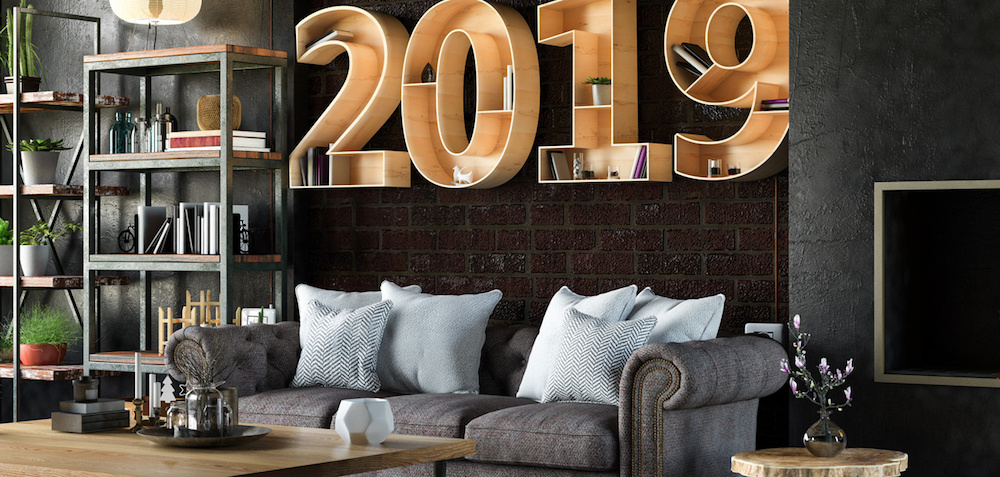


January 2019

|


January 2019 |
|
From architecture that can withstand Mother Natures wrath to warm neutrals replacing gray-washed rooms, stay in the know about the biggest interior design predictions for the coming year. Shifting economies, demographics, and land shortages are issues altering how we live and what buyers are looking for in a home. Going smaller has become bigger, a trend Not So Big House author and architect Sarah Susanka first advocated more than 20 years ago. A desire for greater affordability, convenience, healthfulness, sustainability, and old-fashioned comfort are still on the wish lists of many clients. But Connecticut architect Duo Dickinson says he is witnessing another trend: a renewed willingness to remodel. With a mind to resale value, here are eight interior design trends that experts anticipate becoming more dominant in the new year. 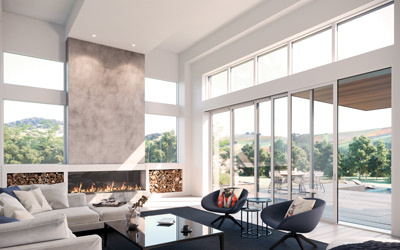 Why it is happening: Research shows that natural light can boost healthfulness, both physical and emotional, so architects and window manufacturers are responding. Dickinsons top suggestions to clients are to repair or reglaze windows, add more windows, build a deck, or add on a screened porch. It gives them an important connection with the outdoors, he says. Manufacturers like Marvin Windows and Doors are debuting new product lines, such as windows mulled together for a wall of light, and the companys new Marvin Modern collection minimizes framing for maximum sightlines. We are seeing more roll-up garage doors fitted with glass for views outdoors. How you can take action: New glazing can make a big difference to the enjoyment and efficiency of a home, and it is an affordable update. Dickinson says a quality single window or door with glazing might cost $1,000. An entire wall of glass may run $5,000 to $10,000, but the return on investment can be huge if it captures a view or lightens a dark space. 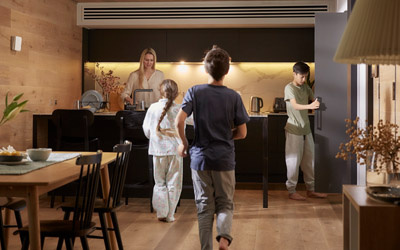 Why it is happening: With reports of contaminants in drinking water, toxic levels of formaldehyde being released from laminate flooring, and other home health scares, consumers are increasingly concerned about how their home may affect their health. But rather than compromising health and wellness, homes can provide an opportunity to enhance lives. Building experts await the U.S. debut of the DARWIN Home Wellness Intelligence platform at the January 2019 Consumer Electronics Show in Las Vegas. The platform focuses on air filtration, water purification, circadian lighting, and comfort-focused technologies, all to simulate the natural outdoor environment. We wanted to get rid of stagnant air that is two to five times worse than outdoor air, contaminated water that runs through old corroded pipes, synthetic materials that offgas, and artificial light that disrupts natural circadian rhythms, says Paul Scialla, founder and CEO of Delos, DARWINs developer. It also responds to changes it detects, such as pollutants coming in on the bottom of our shoes. The first fully integrated DARWIN home was launched two months ago in Australia, with the platform adding only $2,000 to the cost of the project, he says. Eventually, Delos plans to make the technology available for retrofits of existing single-family homes. How you can take action: Staying abreast of new building techniques and smart home developments will help you make your home healthier. 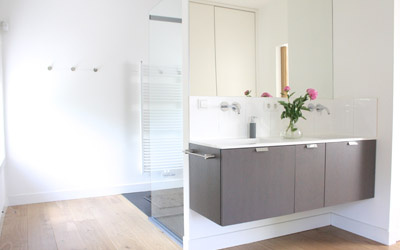 Why it is happening: According to a 2018 Houzz Bathroom Trends Study, baby boomers now account for the largest share of home owners choosing to renovate, and their top project is redoing the master bathroom. A significant proportion of boomers (56 percent) are aware of the needs that arise aging in place, says Nino Sitchinava, Houzz economist. They are proactive about integrating accessibility features that address these needs during renovations. Popular changes include removing tubs that are difficult to climb into and out of, adding accessible shower seats and grab bars, and installing zero threshold entries between rooms. How you can take action: Knowing the costs is important. The median cost for a large master bathroom renovation was estimated at $16,000 by Houzz. If that is too much, maybe you should make piecemeal changes. Grab bars, for example, range between $140 and $300, depending on whether the wall includes blocking support or if it must be added, says Richard Duncan, a universal design expert and cofounder of the Better Living Design Institute in Asheville, N.C. 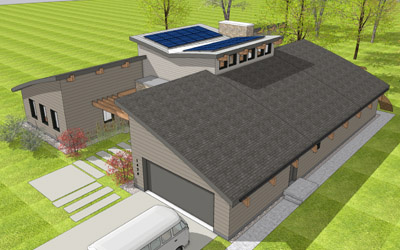 Why it is happening: Natural disasters are occurring more frequently and sometimes with little warning. The most forward thinking homebuilders are developing resilient solutions for new and existing homes. The weather is getting almost biblical, and homes that do not address that run a legitimate risk of being seriously damaged or destroyed and having their resale value put in question, says Nathan Kipnis of Kipnis Architecture and Planning Solutions in Chicago. His designs include oversized gutters and downspouts that direct water to rain gardens or other landscape features that can handle intense rain. He also recommends an ice and water shield on the roof to create a rain barrier, so the interior has greater protection. Coastal homes should add hurricane straps where the roof and walls intersect, he says, to reduce possible wind damage. Sustainable features are also critical to decarbonize the built environment and conserve resources. Kipnis favors all electric systems, including induction cooktops, mini split HVAC systems, and heat pump water heaters. Homeowners could take it a step further and have the garage wired to be a charging station for electric cars and add solar panels to the roof. How you can take action: Find experts who know how to build and remodel houses to withstand the weather and keep energy costs down. Also, know how and where products and materials are made. 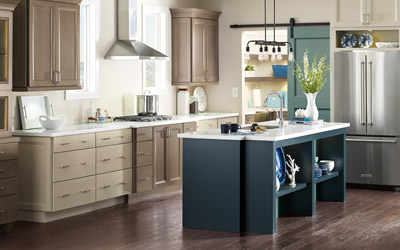 Why it is happening: Color swings keep rooms fresh, but what may appeal often depends on how trend focused the locale is, along with the age and style of the home. According to Sue Wadden, director of color marketing at Sherwin Williams, Grays are now in the midst of a warming trend. In Chicago, real estate pro Jennifer Ames, with Coldwell Banker Residential Brokerage, says, It is back to more white and off-whites. Her clients are seeking a more neutral, calm background. In Boise, Idaho, beige appeals to the broadest range of buyers, but millennials moving downtown favor a statement wall of bright turquoise or magenta, says real estate salesperson Gehrke. When it comes to cabinetry, colors are becoming more robust nationwide. Manufacturer MasterBrand Cabinets has found blue tones are becoming more popular, while teal, sage, and olive colors are making inroads. But when it comes to selling, color expert Amy Wax generally recommends being more cautious and favoring lighter colors that convey an easy to decorate, move in atmosphere. How you can take action: Ask paint store salespeople, designers, architects, and color experts. This will help you find a look by showcasing an updated aesthetic that does not feel contrived. 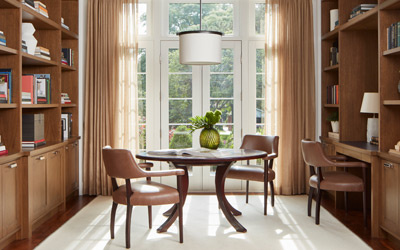 Why it is happening: After so much focus on clean, spare Scandinavian design, there is yearning for more warmth and comfort with natural touches. In fact, Miami based designer Antony Chandler, president of Archiforma Group, thinks sitting in your living room should evoke the feeling of lying in a hammock under a great tree on a breezy summer day. To get the look, Chandler suggests prints and florals in natural colored tones. Butcher block kitchen countertops and a mix of warmer natural materials such as wood, leather, silk, and stone will help capture the natural feel. Chicago designer Steve Kadlec suggests open grain oak cabinetry, metallic linen draperies, saddle leather, and woven cotton rugs. A warmer, more natural glow can also be illuminated through new LED lights, says Chicago designer Tom Segal, of Kaufman Segal Design. How you can take action: You do not have to revamp rooms completely. Incorporate a few pieces to get the look. You can capture a concept with a single well chosen piece. Make it bold, beautiful, and memorable, and your home will stand out. 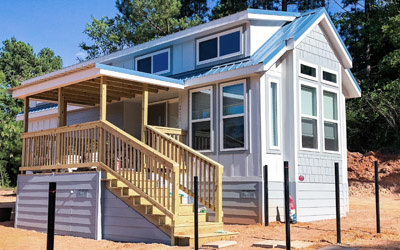 Why it is happening: Affordability is in great demand, with rising home prices and a shortage of desirable downtown locations. What is needed is more dense land planning, common outdoor space, greater acceptance of attached homes, and sometimes doing without a garage, says architect Bill Ramsey with KTGY Architecture and Plannings Denver office. What is considered livable yet affordable often needs to be larger than tiny homes, most of which are less than 500 square feet. John Hunt, president of Atlanta-based MarketNsight, a research firm focused on the building industry, thinks there is a more viable option: microhouses, which range from 500 to 1,000 square feet. They fit community codes for permanent housing, unlike tiny homes that often must be built atop trailers due to their modest square footage. Microhouses also offer equity, unlike rental microapartments. They can be constructed as narrow townhouses or as a one story, single family designs. Home builder Jim Chapman Jr. recently received approval from the city of East Point outside Atlanta for 40 microhouses, each between 500 and 1,000 square feet on a 7.69-acre historic downtown site. Prices will start in the high $100,000s. How you can take action: This small livable option can be a good investment. Find out if there are any developments in the works in your market. Many buyers pay higher prices for lower square foot rentals. 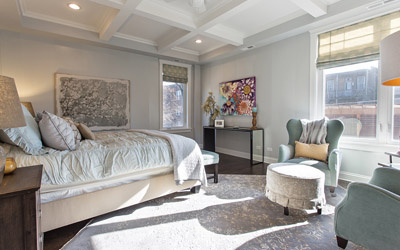 Why it is happening: For the millennial generation, quality supersedes quantity. But this is not limited to their desire for smaller, better homes, says Chicago designer Rebecca Pogonitz of GOGO design group. It also applies to what they choose to put inside their homes when they decorate. It is not about keeping up with the Joneses. How they live dictates their choices, she says. They are very practical about the money they spend, often researching and gathering ideas from sites like Houzz and Pinterest that mix high and low, and then asking experts to cull and complete a look. Finished projects might translate into a combination of luxury vinyl planks which are more practical than expensive real wood boards and furnishings from readily available online resources like Wayfair, Crate and Barrel, and Arhaus. The benchmark is not how fancy or rare something is, but if it is practical, gives them the right experiences, and nourishes their spirit. How you can take action: Practicality should be your main mantra. Good readily available resources to consider include Room and Board, West Elm, Crate and Barrel, Ethan Allen, HighFashionHome.com, Perigold.com, Ruelala.com, and Houzz.com. |
|
Current Listings |
 Zionsville - $497,000 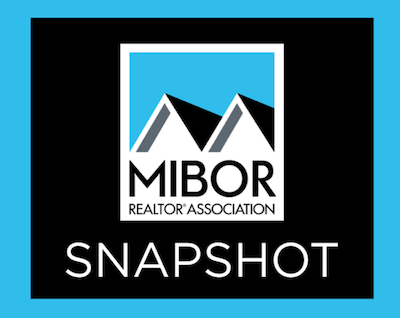
|
|
Do You Know Someone Looking To Buy or Sell? |
|
It is a common misconception that a real estate agent primarily learns of someone looking to buy or sell a home when someone simply calls an agency looking for an agent to help them. Although this can happen, it is very rare. In fact, over 80% of the referrals I receive come from past clients and past coworkers just like you. The other 15-20% of referrals comes from our national network of relocation companies and other Coldwell Banker agencies across the country. The greatest compliment I can receive is when someone like you refers me to a friend, coworker or family member of theirs. If you, or someone you know, are looking to either buy or sell a home then I would certainly appreciate the opportunity to earn your business. Do you know of someone looking to buy or sell a home? 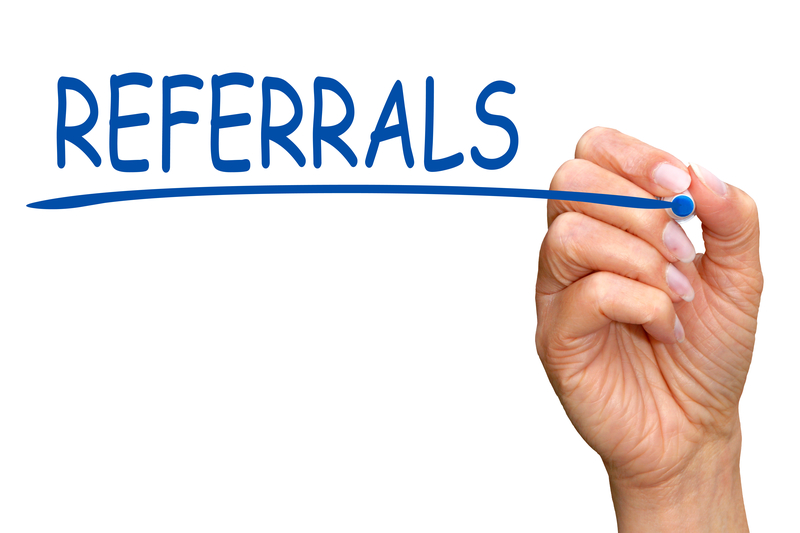 |
|
Contact Brad Gough |
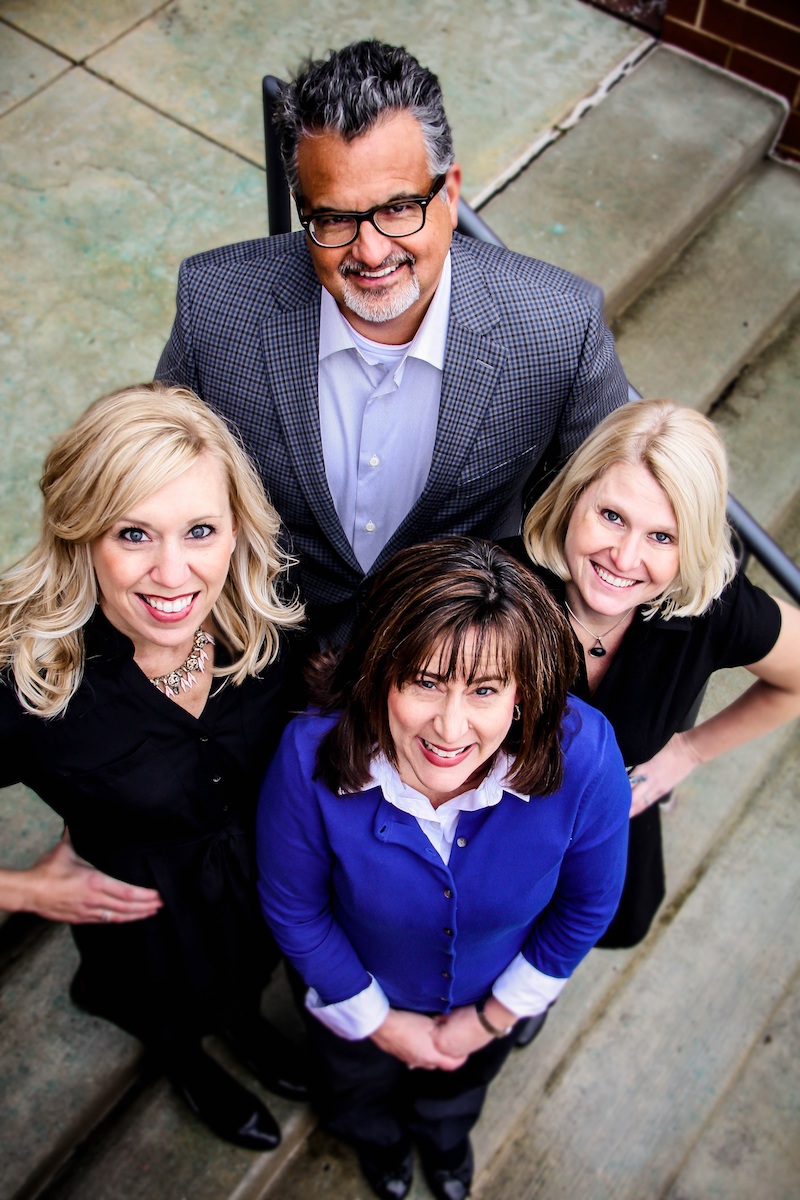
Bradley Thomas Gough Associate Broker  12401 Old Meridian Street Carmel, In 46032 Email brad@btgough.com Mobile (317) 590-3571 Office (317) 844-1131 Website www.btgough.com      |
|
Charities Supported |
|
There are so many great charities out there that and it is very hard to decide what to donate to. My wife Elissa and I have been very fortunate and have a good life. We simply can't donate to everything, however, we are very passionate about several different causes. We are sustaining members for the following organizations and encourage each of you to donate in any way you can to a cause that you are passionate about too. 


The American Society for the Prevention of Cruelty to Animals 



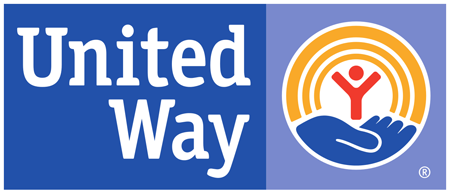
|